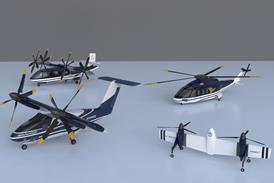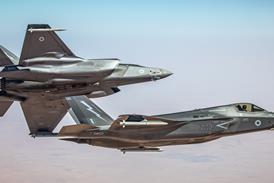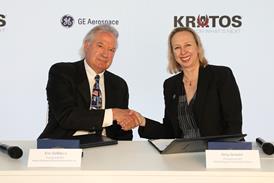The US Air Force (USAF) is planning a series of trials of the Leigh Aerosystems LongShot wing adaptor kit fitted to a modified CBU-87 combined effects munition as a possible low-cost alternative to new GPS satellite navigation guided stand-off weapons. The USAF is scheduled to drop five LongShot-equipped CBU-87s from a Lockheed Martin F-16 at Eglin AFB towards the end of the year.
The trial is intended to evaluate the performance and reliability of the range-extending modification kit already purchased by two international customers including, it is believed, Singapore.
The LongShot adaptor kit consists of a stowed wing with control surfaces, a guidance control unit, a navigation computer, inertial measurement unit and differential GPS receiver, two GPS antennas, an air data system, a data insertion system and aerodynamic fairings.
Unlike the Boeing Joint Direct Attack Munition (JDAM), it does not require a 1760 databus-compliant aircraft. According to Leigh Aerosystems, the kit, coupled with an existing CBU-87, is projected to cost 20% less than Raytheon's new AGM-154 Joint Stand-off Weapon System and carries almost 40% more bomblets because it doesn't use an airbag dispenser.
LongShot is attached to the munition through its launch lug wells, with the suspension lugs removed and replaced with threaded adaptors supplied with each kit. There is also the option of explosive bolts for when the kit needs to be jettisoned to allow the cluster bomb to open as soon as it is over the target.
LongShot gives a cluster munition a range of almost 92km (50nm) when launched from 40,000ft (12,200m) or further with a laser guided bomb. It has also been integrated with Rockeye, a GBU-12/Paveway II LGB and is about to enter flight acceptance tests on the 450kg (1,000lb) Mk83 bomb. Condor, a LongShot-derivative low-cost wing is being proposed for JDAM.
Source: Flight International























